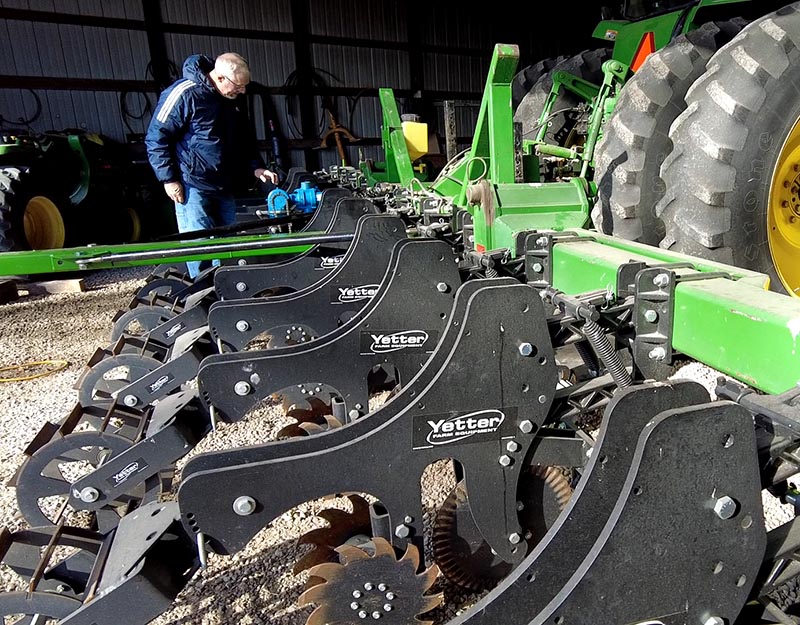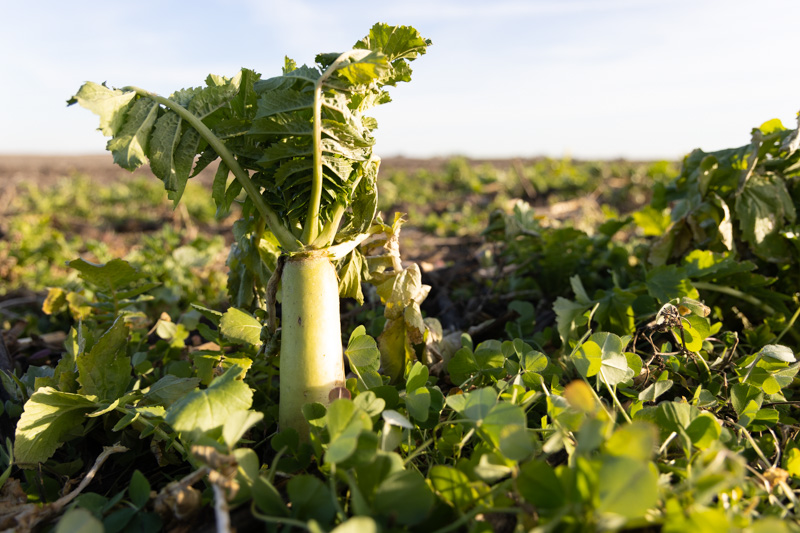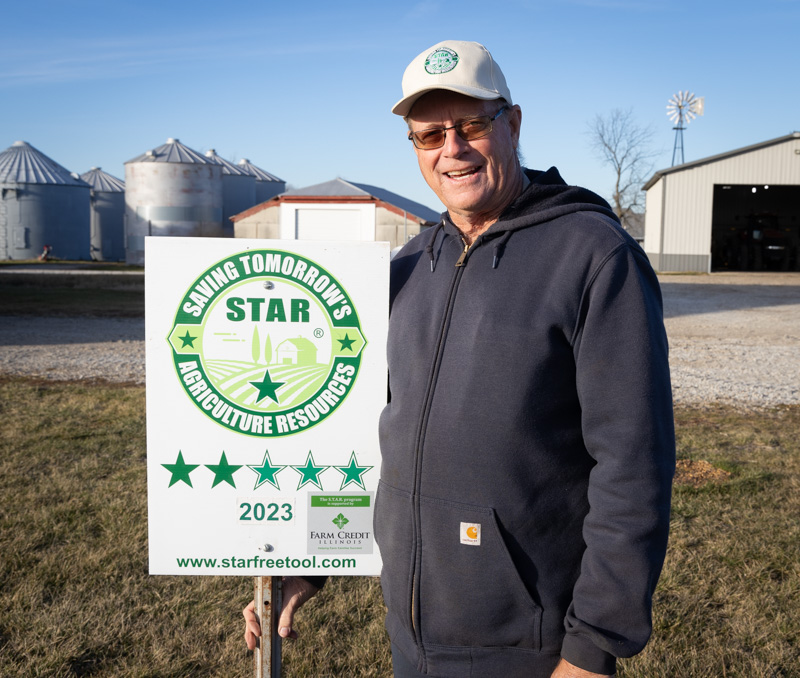Steve Stierwalt is one of the farmers who wondered how to encourage neighbors to prevent nutrient runoff from fields and improve soil health, leading to the creation of STAR.
Watch videos | Steve Stierwalt | Joe Rothermel | Kris Reynolds
In 2017, two Central Illinois farmers wondered how they could encourage neighbors to find new ways to prevent nutrient runoff from fields and improve soil health.
“We were just kicking around ideas for a roadmap for conservation practices,” Joe Rothermel said. “Say a farmer wanted to try conservation practices: What would we tell them? Make a list of all the practices that would work best in this area – almost a prescription. STAR recognizes farmers for their practices – but there is also an education part of it. My goal was to provide information to farmers who wanted to try this.”
“We had no vision of building something that would even go across Illinois,” Steve Stierwalt said. “We wanted to do Champaign County. But we found a lot of interest. My personal ‘why’ was discomfort at seeing that we were not getting done what was needed. Joe came up with the STAR acronym. Having a name that tells people what we’re hoping to do is important.”

STAR stands for Saving Tomorrow’s Agriculture Resources, and over the past six years the farmer-led, science-based, flexible, and voluntary conservation strategy has had growing success among farmers across Illinois. Now it’s being embraced in Colorado, Washington, Missouri, and Iowa. Since announcing its national launch in September, funding has been secured to support STAR development in the Rocky Mountain West with Utah and New Mexico establishing affiliates, and STAR exploring with Idaho, Montana, and Wyoming ways to amplify conservation efforts.
Caroline Wade, STAR national executive director, said the road to conservation and change “is not a linear path. Programs need to be better designed to accommodate the needs of farmers and ranchers and reduce the risks they face in making changes to their operations, or programs will never see enrollment at scale.”
Wade, who has also worked for the Illinois Corn Growers Association, The Nature Conservancy, and the Ecosystem Services Market Consortium, has been with STAR off and on almost since its inception. And she is adamant that the initiative be centered on producers. Activities in each state and region will be directed with input from farmers and ranchers. Investments will be prioritized for incentive payments directly to producers, to the benefit of their goals for their land instead of being diverted for complex program implementation.
At the core is the STAR “tool” – which is not a seed drill or a hay rake, but a simple questionnaire backed by science-based scoring which identifies conservation practices with the greatest potential. The form farmers fill out for each field includes a five-year crop-rotation history, diversification plans, and planting and termination options for cover crops. The information leads to the generation of a Conservation Improvement Plan connecting producers to technical and financial resources to support implementation.

Guidance for Illinois STAR is provided through the Champaign County Soil & Water Conservation District, which has assembled a 14-person, statewide steering committee and named a nine-member science advisory panel. The steering committee oversees operations, while the science panel determines the goals, challenges, and standards – the key characteristics and concerns to be addressed in different parts of the state, and how progress is evaluated.
In Illinois, STAR is largely driven by the goals outlined in the Nutrient Loss Reduction Strategy developed by the Illinois Department of Agriculture and Illinois Environmental Protection Agency. In Colorado, the focus is more on building soil health. Each state and region may have different drivers but will have many of the same guiding principles and practices.
There also are incentives to encourage farmer participation. Many benefits of conservation-farming will accrue over time and there is a possibility of lower yields during the transition. STAR works with partners that will pay farmers and ranchers to make long-term changes.
For example, registration recently ended for an Illinois Soybean Association program to pay farmers a minimum $250 incentive – and up to $2,900 – for planting cover crops in the season before growing non-GMO soybeans. The offer included a $250 bonus for farmers who already implement cover crops, or a $30-per-acre bonus (up to 80 acres per farmer) for new fields in cover crops in fall 2023 or fall 2024. There are other partners, public and private, providing incentives to producers in Illinois and other states.
Another benefit is awarding signs displaying a field’s STAR score. An evaluation system assigns points for management activities each year, and the sign may mean bragging rights, or a challenge to do even better next year. Farmers’ management of crop rotation, tillage, nutrient applications, and use of conservation practices lead to an overall field score.
STAR’s local science committees assign the highest point values to practices identified as having the greatest potential to address local resource concerns. Scores are converted to a STAR rating of 1 to 5 STARs, with 5 STARs indicating commitment to a suite of practices proven to improve soil health and water quality.
The stars are awarded to individual fields – not to the farmer or the farm. This underscores the fact that there is no one-size-fits-all conservation model, and that every field has unique characteristics.
Even though a primary goal is to reduce nutrient runoff, STAR doesn’t measure runoff. Nor does it judge progress by yields. Natalie Kerr, coordinator of Illinois STAR, explained that the focus is on conservation practices, with the goal of steady, incremental change over the years. Steady outreach and a simple, easy-to-use process are keys to engaging farmers, she said.
Technical support and investment aimed directly at producers “will allow us to achieve the vision of farmers and ranchers choosing conservation as the standard on all agricultural lands.”

Story by Brian Williams — a freelance writer, consultant, and “Dot Connector” who contributes to AIM Illinois through his association with HNA Networks.
Photos and video by Steve Warmowski — communications coordinator for the Agroecology + Innovation Matters initiative after a photojournalism career at newspapers in Illinois and Michigan.
Get stories like this in your mailbox by subscribing to the AIM newsletter.

